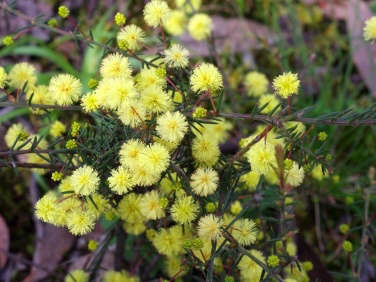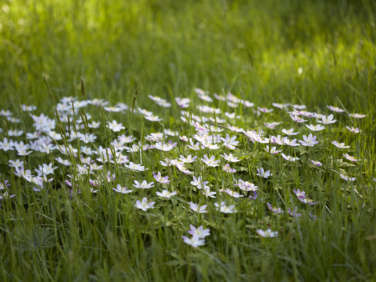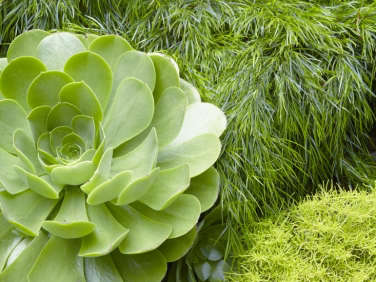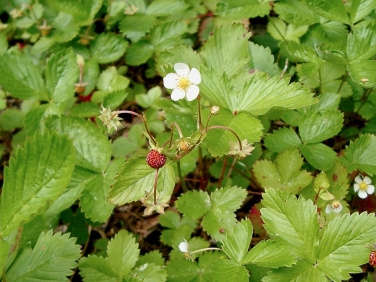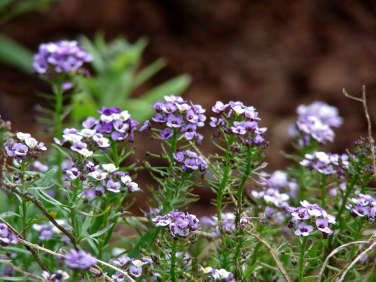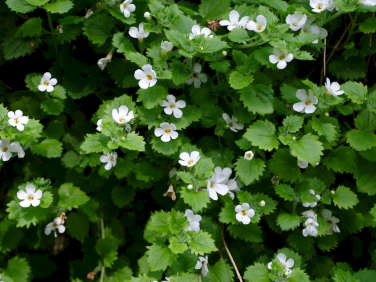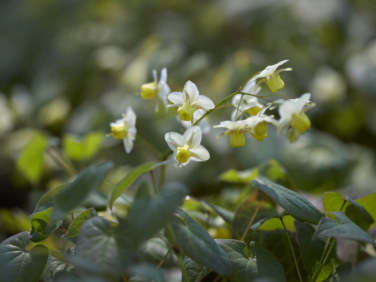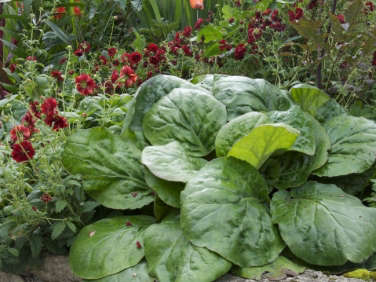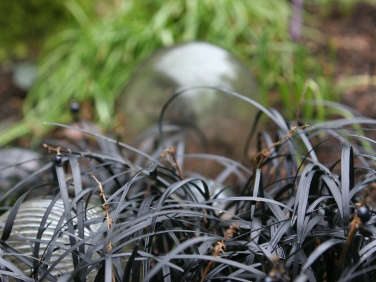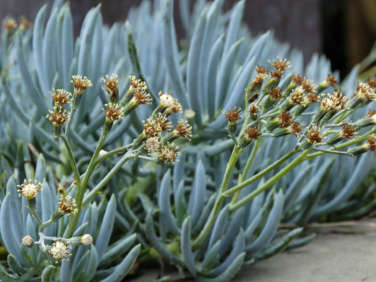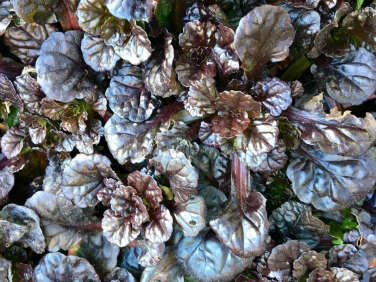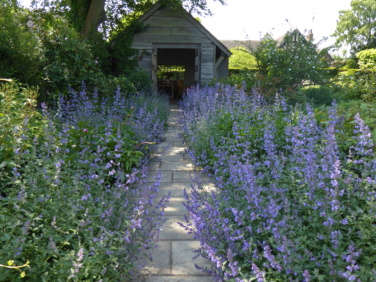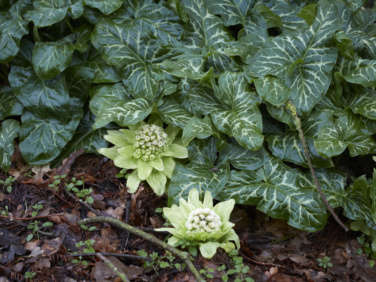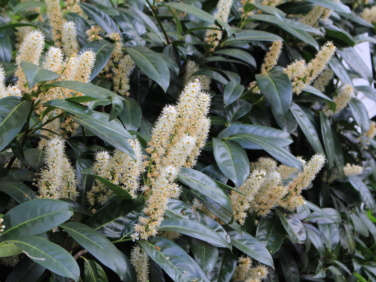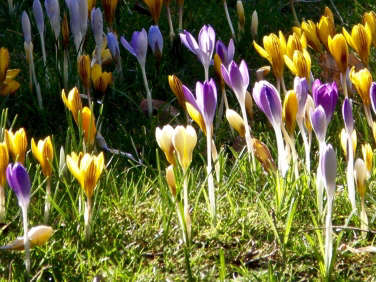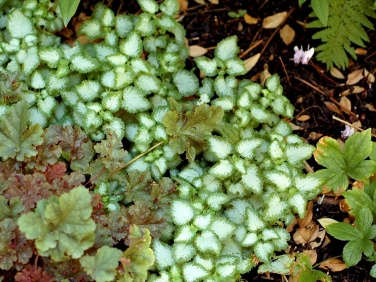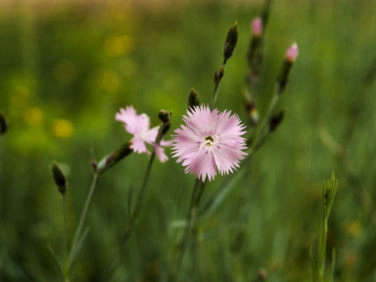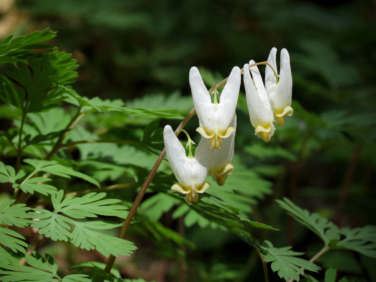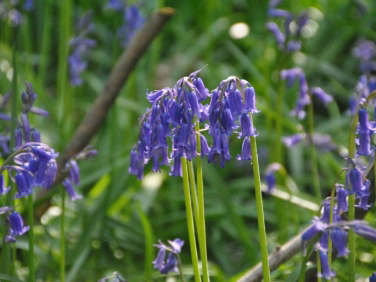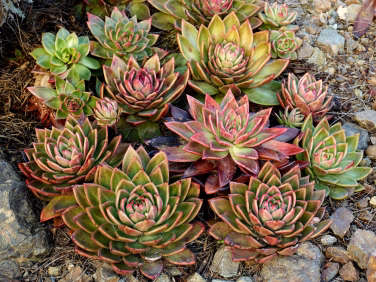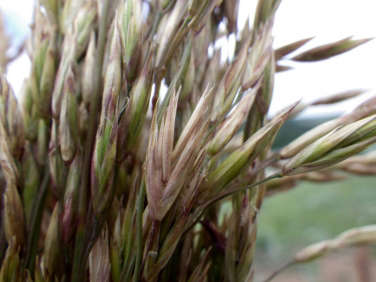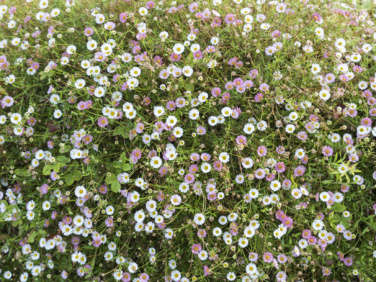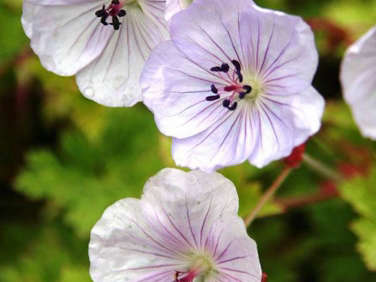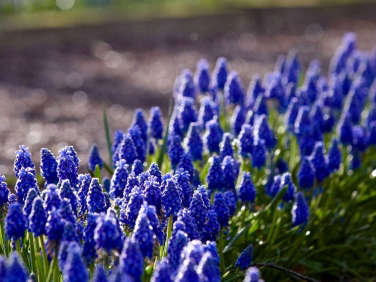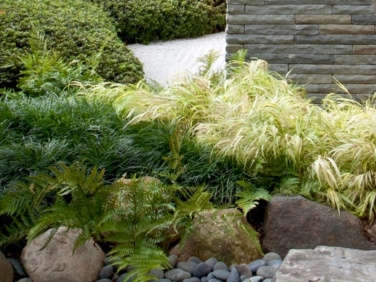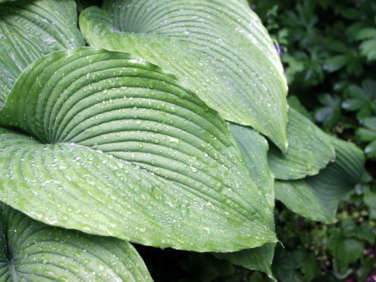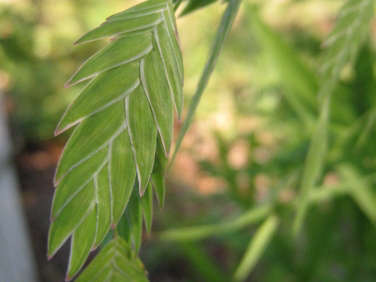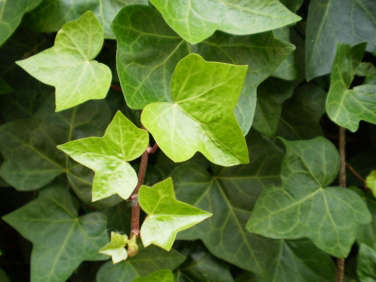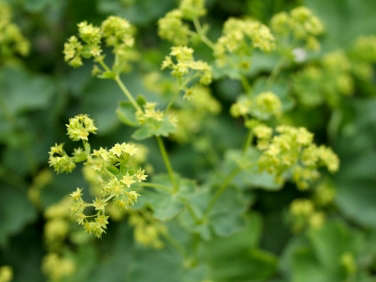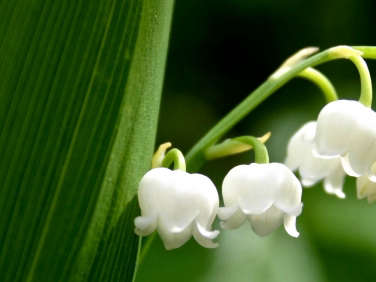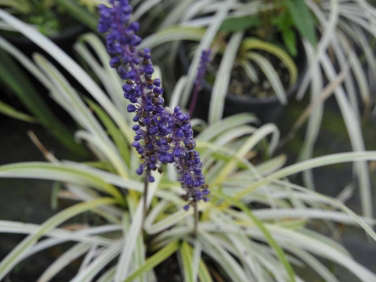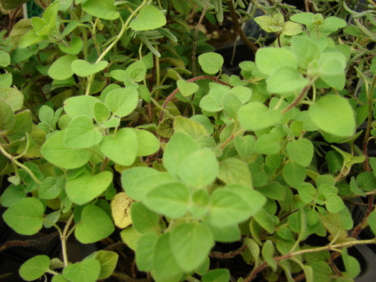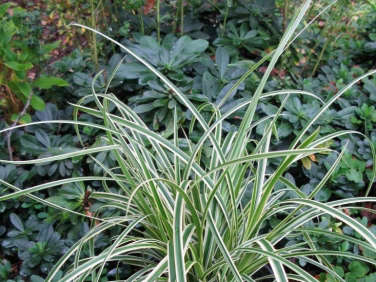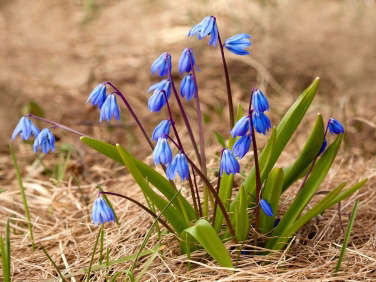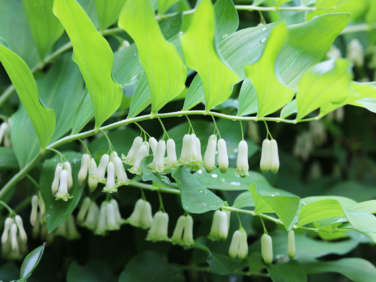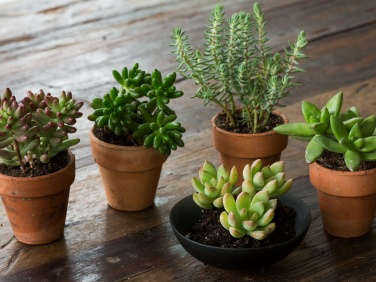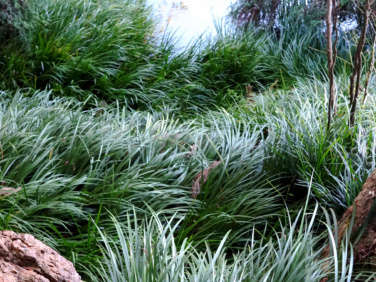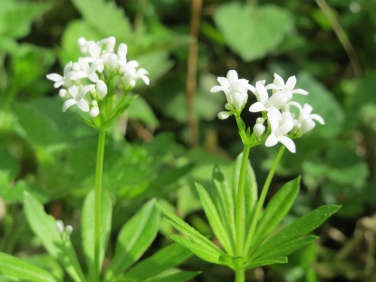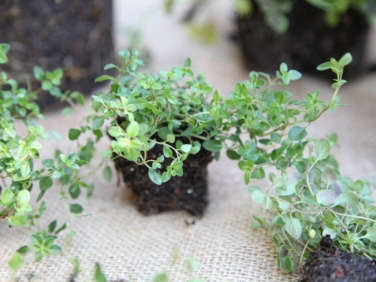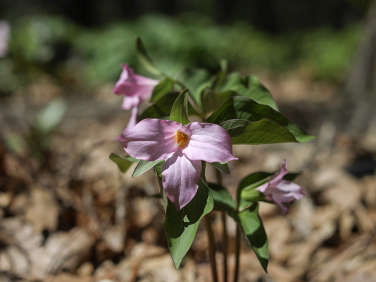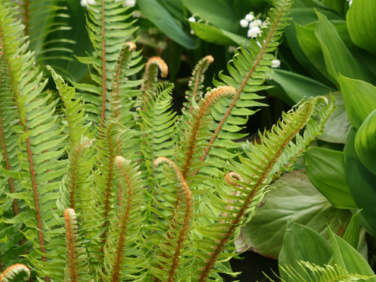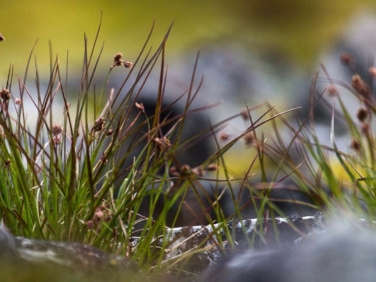

Ground covers serve the same purpose in a garden as carpets do indoors. A dense mat of low-growing plants protects the surface beneath (preventing soil erosion), keeps dust out of the air, and adds a layer of rich texture underfoot.
Turf grass historically has been the most common ground cover in many climates. But these days concerns about water conservation and climate change have led gardeners and designers to turn to environmentally friendly lawn alternatives. A debate is underway over whether artificial grass is a better ground cover than live turf (read more about it in Artificial Grass: Pros and Cons).
Choose the right ground cover for the job. To prevent weeds on walkway, a low-growing dense ground cover planted between pavers is the answer. In dappled sunlight under a tree, lilyturf is a hardy choice. In warm climates, consider a quilt of succulents. Near a pond’s edge (or in another boggy spot in the garden), sweet flag grass will solve a problem. In springtime, flowering bulbs such as crocus and grape hyacinth add color to a lawn. And featured in our Gardenista book was one of Michelle’s favorite gardens, with clumps of jewel-colored bugleweed (Ajuga) adding a second layer of texture and interest to a carpet of ground cover.
